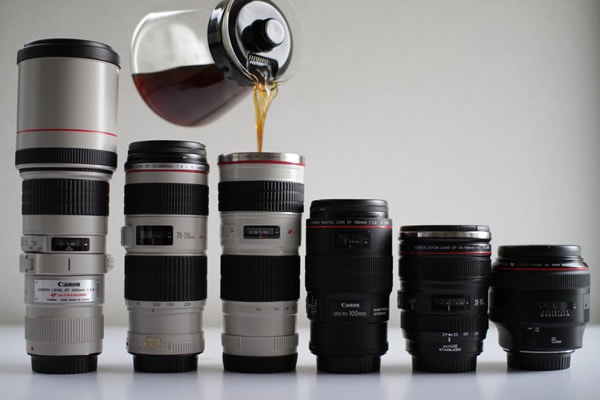An Ode To The 70-200
Ever wonder why so many professional photographers use a 70-200mm lens? There’s a reason for this. Offering excellent image quality, fast autofocus, and an incredibly useful focal range, the 70-200 is a classic – the go-to lens for almost any type of shooting.
Why would you want a 70-200? And why do they cost so much? Of course, any lens with nice features—sharp image quality, sturdy build, fast AF—isn’t going to be cheap. But a 70-200 can shoot anything. It’s the ultimate all-purpose lens. Below are some of the uses of this amazing piece of equipment.
Sports
One of the most common uses of the 70-200mm lens is sports photography. Almost every professional sports photographer carries a 70-200 with them. Its versatility allows the shooter to capture close action while also being able to zoom in for telephoto shots.

photo by Giuapau75
Most 70-200mm lenses are built to high standards, which means that most have very fast autofocus. If you’re a sports photographer, you know the importance of this. Combined with a good camera, most 70-200s are excellent at tracking athletes quickly and accurately.
Events
Like sports, event photography calls for a versatile lens. It’s useful to be able to take close shots at 70mm but also to zoom in and capture shots farther away. At events, you can cover almost everything with a 70-200 on full frame (maybe add a wide prime lens for wide-angle shots).
Landscapes
Believe it or not, a 70-200 can be very useful for landscape photography. Most people use wide-angle lenses for this; however, if the subject is a moderate distance away, a wide-angle lens leaves a lot of empty space around the edges. The following shot was taken with a 70-200.

Especially when traveling, a 70-200 can be extremely helpful in getting close shots of buildings and scenery. Often it’s difficult to get close to your subject. 200mm goes a long way when photographing large subjects like buildings.
Nature and Wildlife
Nature photography is another excellent use for the 70-200. 70mm is great for capturing nature scenes, and 200mm allows you to get close shots of plants and flowers.

A 70-200 is also a good choice for wildlife photography. Most of the time, you can’t get very close to large animals. 70-200mm is the perfect focal length for this. You can use the fast AF to track moving subjects as well.
Portraits
A 70-200 makes for an excellent portrait lens. It’s the perfect focal length, and the image quality of 70-200s is top-notch. I wouldn’t recommend buying a 70-200 only for portraits, simply because you could get an f/1.8 lens for less money; but if you’re buying it anyway, the 70-200 can definitely take care of your portraits.

photo by SayLuiiiis
F/2.8 or F/4?
Most camera companies offer both f/2.8 and f/4 versions of their 70-200mm lenses. The f/2.8s are much more expensive, because f/2.8 will make for softer bokeh than f/4. It will also let in more light, making night shooting much easier. On some brands, f/2.8 activates the camera’s cross-type AF sensors, resulting in slightly faster autofocus (70-200 f4 autofocus is still very fast).
Other than these differences, most 70-200s are the same – great image quality, sharpness, build quality, and focal range.
3rd-party 70-200s?
Since Canon’s and Nikon’s 70-200s are not cheap, many people have opted for 3rd-party versions of this popular lens. Sigma and Tamron have come very close to the quality of Canikon 70-200s. Canon’s and Nikon’s win by a small margin, but is it worth the extra price? For many, it’s not. Reading reviews will help you determine what option is right for you.
Lens Mugs
This is a post about the 70-200 – so of course I have to talk about lens mugs. The 70-200 was the first lens to be made into a mug, and it started a whole new industry. Canon started it all when it handed out white Canon lens mugs to some photographers at the 2010 Vancouver Olympics. When other photographers heard about it, everyone wanted one. Cheap knock-offs appeared on eBay, and a few companies started producing them.

photo by Takashi Hososhima
Today, most lens mugs are still made to look like a 70-200. The 24-70 version is also popular. Some mugs feature thermos sealing, stainless steel interior, or an actual lens cap on the bottom. Nikon actually makes an official Nikon-branded 70-200 lens mug (Canon has not released theirs to the public).
Summary
To wrap it up, the 70-200 is one of the most common lenses in photography, and for a reason. It can be used to shoot just about anything—and its top-notch quality will give you great shots for years. If you’re in the market for a telephoto zoom, try a 70-200. It won’t disappoint you.
